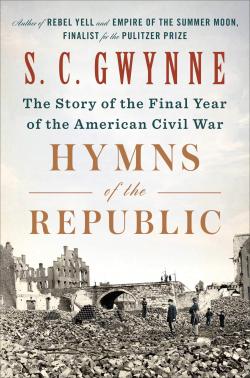Media & Press
This is sample content for your Media & Press page. You can delete it and enter anything you want.

Book covers for download and promotional use. Right click to save or drag to your desktop.


PRAISE FOR JOHN BURKE
“Demonstrating diabolical plotting chops and an ability to convincingly conjure settings, Burke crafts a twisty page-turner.”
—Publishers Weekly
“Part coming-of-age chronicle and part small-town murder mystery, MY BOOK is rife with plot twists that kept us guessing. John Burke’s tense pacing and frank depiction of what turns good friendships into bad news makes this a very entertaining read.”
─ Apple iBooks (naming MY BOOK one of May’s Five Best Mysteries & Thrillers)
“Twists, turns, and a puzzling mix of suspects . . . will keep readers turning the pages.”
—Booklist
“MY BOOK has great character development, allowing readers to really get inside the minds of the characters until the very end, where a shocking twist leaves readers stunned.”
—Romantic Times (naming MY BOOK a “Top Pick”)
“Burke's debut novel is an intriguing whodunit that examines the explosive potential of secrets to destroy friendships, marriages, and lives . . . a page-turner.”
—Kirkus Reviews
“Secrets and scandals in an ivy league setting. What could be more riveting? John Burke’s novel is a page-turning Peyton Place.”
—Tess Gerritsen, #1 bestselling author
“A page-turning whodunit that will speak to anyone who’s ever had a frenemy.”
—Ruth Ware, bestselling author of The Woman in Cabin Ten
“A brilliant, twisting read that kept me guessing until the final page. A rollercoaster friendship among three college roommates ends in murder years later — unless the husband did it. I read my eyes out!”
—Janet Evanovich, #1 bestselling author
For press inquiries and personal appearances please contact:
Jane Doe
Publicity Manager
New Books Publishing
175 Fifth Avenue
New York, NY 10010
Jane.Doe@xyz.com
(101) 555-1212


